What are the 5 types of Clay?
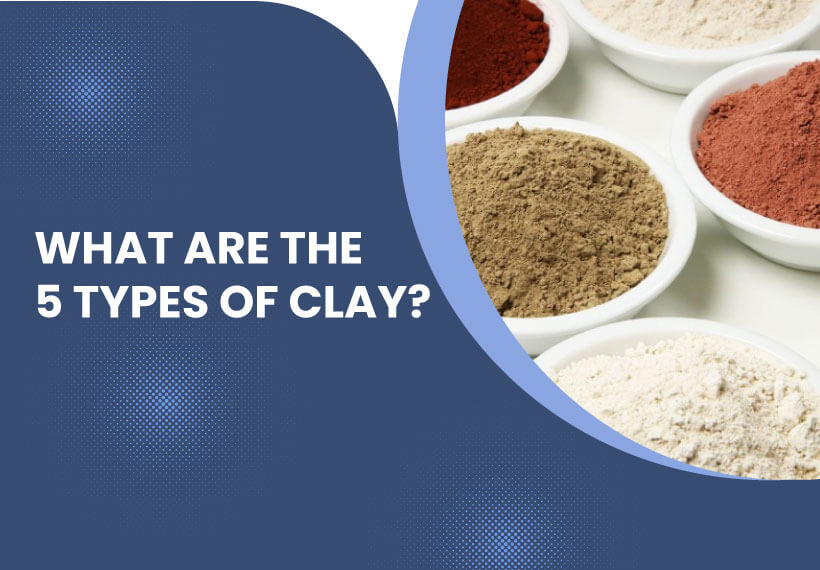
In this article, we’ll look at five main types of clay as well as their characteristics, benefits, and typical applications.
Clay is an amazing natural material used for centuries in a range of applications ranging from pottery and ceramics construction projects to skincare products. But did you know there are multiple varieties of clay with distinctive properties and uses?
Understanding Clay
Clay is a widespread substance found on Earth’s crust. Its composition and properties vary, leading to different classifications of clay based on mineral content and characteristics.
Understanding these different clay types is vitally important for many industries and creative pursuits alike.
5 Types Of Clay
1. Kaolin Clay
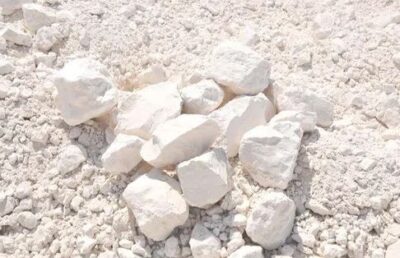
Kaolin clay is widely celebrated for its versatility and purity. Derived from weathering aluminum silicate minerals, Kaolin clay can be found throughout China and the US; its fine particle size and smooth texture make it popularly utilized by ceramicists.
Additionally, it finds use across paper-making and cosmetic manufacturing due to its gentle qualities and absorbent qualities.
Kaolin clay makes for the ideal foundation in ceramics, particularly porcelain and fine china, due to its ability to increase color vibrancy while increasing workability – an asset loved by potters, sculptors, and sculptors alike.
Furthermore, its white hue and superior absorption properties often see it included as part of skin care products or cosmetic formulations.
2. Bentonite Clay

Furthermore, Bentonite has an exceptionally powerful negative charge, which allows it to capture impurities or contaminants across applications.
Bentonite clay has become widely recognized for its detoxifying and skin-rejuvenating qualities in health and beauty treatments, often used as face masks and poultices to cleanse and revitalize skin conditions.
Bentonite is also beneficial in agriculture settings where its use improves soil structure and water retention capabilities.
3. Red Clay
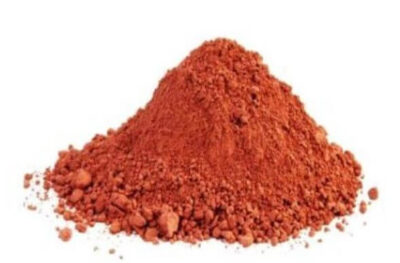
Red clay, popularly recognized by its distinctive reddish hue, is created through weathering of iron-rich minerals in warm and humid regions.
Potters enjoy using red clay for its vibrant hue to craft rustic pottery pieces, while in construction, it can be used to produce bricks, tiles, and terracotta products.
Red clay adds warmth and character to pottery pieces, distinguishing them in the world of ceramics.
Furthermore, its abundance in certain parts of the world has made it an economical solution for creating sturdy structures with lasting aesthetic value.
4. Ball Clay
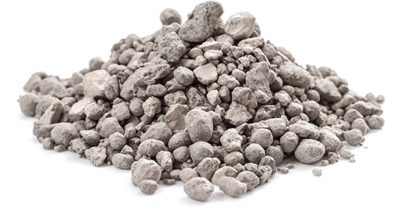
It is especially appreciated among ceramicists.
Artists and craftsmen prize ball clay’s compatibility with various glazes as well as its ability to reduce cracking during firing.
Ball clay plays an essential part in porcelain, fine china, and sanitaryware due to its ability to maintain shape with smooth finishes while providing lasting support.
5. Fuller’s Earth
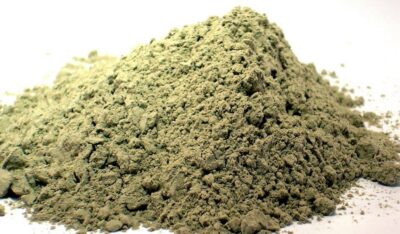
Fuller’s Earth earned its moniker due to its historical use in textile production. A process called “fulling,” used to clean and thicken woolen cloth, required using clay-based fillers like Fuller’s Earth to remove impurities and oils from fabric – an integral component in producing high-quality textiles.
Modern Applications
Skincare and Cosmetics – Fuller’s Earth is widely used in skincare products such as facial masks and scrubs to draw out impurities, excess oil, and toxins from the skin for deep cleansing.
Art Restoration – When it comes to art restoration, fuller’s Earth is used as an effective cleaning agent to restore fragile oil paintings without harming their pigments while effectively clearing away dirt and grime.
Industrial Applications – Fuller’s Earth has multiple industrial uses, from producing lubricants and filter aids in food and beverage to use as an antimicrobial.
How to Choose the Right Clay for Your Project?
Finding the appropriate clay type for your project is critical to its success, taking into account factors like intended use, plasticity, color choice, and firing temperature. Here are some practical tips to help you select an appropriate clay:
Clay in Art and Craft
Artists and crafters may discover that different clay types best suit various projects. For sculpting, select ball clay due to its plasticity; when pottering, use red clay with its vibrant hue or kaolin clay for smooth finishes – experiment to discover which fits your artistic vision the best!
The Role of Clay in Construction
Clay is an indispensable building material in construction, offering durability, color options, and regional availability when selecting suitable clay types for projects.
Red clay is frequently chosen for brick applications, while fire clay provides ideal refractory properties – make sure you evaluate your project requirements thoroughly when choosing an appropriate type.
FAQs
What is the difference between pottery clay and industrial clay?
Pottery clays tend to be chosen based on their plasticity and finish, while industrial grades often take into consideration durability and heat resistance as considerations when making selection decisions.
Can different clay types be mixed for specific projects?
Yes, mixing clay types may provide desired properties for specific projects; however, doing so requires considerable testing and experimentation.
Are there any safety precautions associated with working with clay?
When handling clay or other dust-generating materials, such as clay mud and dust-related substances, use proper safety gear such as gloves and facemasks in order to minimize inhalation of dust particles and protect yourself.
How is clay extracted and processed?
Clay is typically mined from deposits and then refined using various processes such as drying, pulverization, and refining in order to eliminate impurities.
What are some famous landmarks constructed with clay-based materials?
Clay has long been utilized in civilization’s development; iconic examples are China’s Great Wall and Terracotta Army, as they serve to display this legacy of clay throughout history.
Conclusion
Clay is an extraordinary material with many applications across various industries. From porcelain’s delicate appeal to firebrick’s strength, its applications span numerous fields. By understanding its properties and uses across its types of clay types, one can maximize their use to realize the full potential of this versatile substance.

